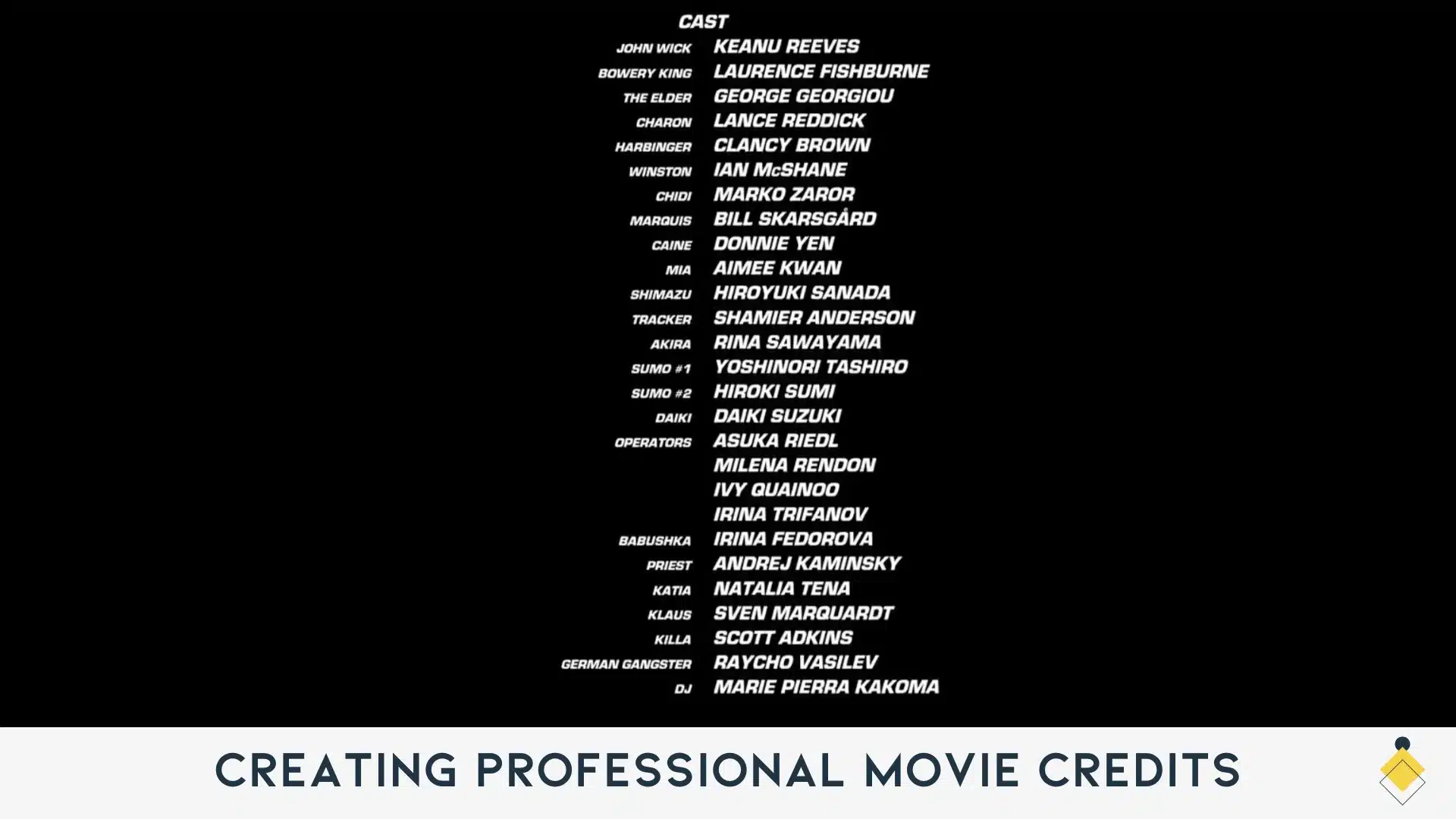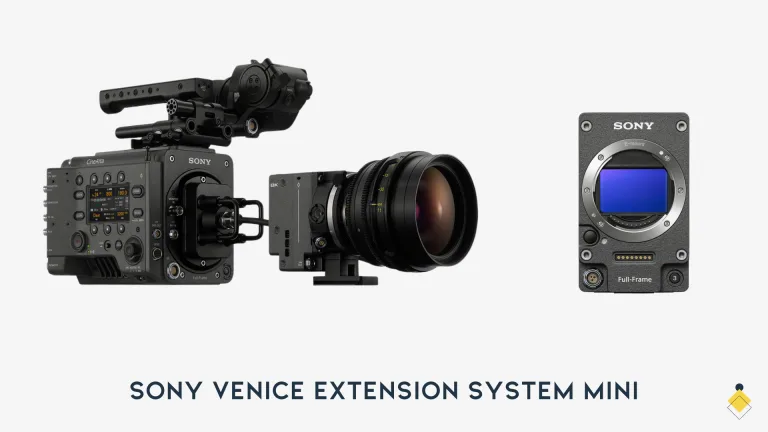Creating professional film credits can be demanding. A complimentary movie credits template provides a simple alternative. This guide delivers easy-to-follow procedures for its effective utilization.
Discover swift suggestions for achieving success.
Utilize the template to organize the opening and closing credits in films. Regardless if you’re involved in a feature film or a short one, the correct sequence of credits is vital.
The Directors Guild of America sets the standards for this ranking.
In motion pictures such as Toy Story and Se7en, motion design and layout are essential in making the credits engaging while adhering to copyright law. It’s mandatory for filmmakers to respect intellectual property laws to prevent violations.
Film editing software aids with the final cut, making sure all names are incorporated as per contractual agreements. Legibility is crucial in both graphic designs and written information.
For distinctive projects like The Grand Budapest Hotel, personalized screenplay writing brings in additional aesthetic appeal to your presentation style. Likewise, leveraging styles from Instagram stories or reels can inspire innovative layouts that adapt to diverse screens.
Comprehending these components ensures your film’s opening and closing sequences comply with legal standards while also captivating audiences with cinematic inventiveness.
What Are Movie Credits?
Movie credits, shown at the beginning or end of a film, list all individuals involved in its creation.
Definition and Purpose
The movie credits display the names of individuals, companies, and collaborations that have contributed to a film’s production. These credits serve as acknowledgment for contributions and act as a lawful record.
The opening credits are displayed at the beginning of the film, whereas the concluding credits are rolled at the ending. The End Credits are shown at the very end.
Acknowledgments through credits are used to appreciate everyone’s hard work and creativity. They meet the legal necessities and abide by the rules of the cinema union. The credits ensure the recognition of those who have contributed to the film.
Every individual recognized in the movie credits has contributed to the storytelling process, either on screen or off the screen.
Types of Movie Credits
Movie credits are key in filmmaking, showing who made the film and honoring their work.
- Opening credits feature important figures like the director, leading actors, and producers early on. They prepare viewers for what’s to come.
- Closing credits list all contributors, including crew members, supporting actors, and sometimes thank yous to places or companies.
- End credits may include bloopers or teasers for future films to keep viewers engaged.
Credits recognize effort while adhering to legal requirements and aid in marketing. They highlight collaboration across roles such as screenwriting and casting directors.
Importance of Professional Movie Credits
Movie credits recognize the team, follow legal rules, and promote the film.
Acknowledgment of Contributors
Film credits recognize everyone involved in making a movie, including individuals and groups. This acknowledgment can boost careers and prevent disputes over contributions. Missing someone in the credits might cause legal issues or confusion for the audience.
Credits go beyond a simple list; they have a specific order. This organization involves contracts, using archival footage, and managing rights for music or other copyrighted content.
Properly arranging names ensures all contributors get due thanks and legal requirements are met.
Legal and Union Requirements
Movie credits follow strict guidelines. Unions like SAG-AFTRA, DGA, and WGA set these rules. They decide the film credits order for actors, directors, and writers. This ensures everyone gets proper recognition.
Adhering to these rules prevents disputes over credit placement. It also avoids violations of copyright laws. By partnering with unions, films can meet legal standards and union demands smoothly.
Branding and Marketing Benefits
After meeting legal and union rules, focusing on branding and marketing is key. Professional credits in films help with visibility. This can attract sponsors interested in forming partnerships with feature or short films.
Using creative designs in credits turns this section into a strong branding tool.
Sharing parts of the credits as an Instagram story or reel gets attention fast. It shows creativity and gives audiences a preview of the film’s style. Also, resizing these credits for platforms like Discord engages discussions about the film among communities.
This approach builds anticipation and spreads buzz across social media, pulling in more viewers and potential backers for the project.
Anatomy of Movie Credits
Movie credits show the team behind the film and can vary by genre. This order reflects the film’s hierarchy.
Structure and Order
Movie credits are essential for recognizing the team behind a film. They have a specific order.
- The opening credits start with the production company’s logo, often animated to set the film’s tone.
- The movie’s title comes next, designed to catch the eye.
- Lead cast names follow, with top stars listed first for prominence.
- The director is mentioned just before or after the movie begins, highlighting their vision.
Closing credits detail everyone’s roles:
- At the beginning of closing credits, we see the director’s name again to stress their importance.
- Story writers come next because their ideas are foundational.
- Producers follow; they organize and fund the film’s creation.
- A full list of cast members appears next, from leads to supporting actors.
- Crew members’ names are shown by department—these include people like camera operators and makeup artists.
- A special thanks section covers anyone else who contributed but didn’t fit into standard categories.
- Legal information and union logos conclude the credits, covering copyrights and guild memberships.
This sequence helps audiences recognize contributions across all levels in feature film credits and short film credits while meeting legal needs.
Variations Based on Genre
In documentaries, directors and main subjects get the most attention in film credits hierarchy. Action films often include many stunt performers, and science fiction movies highlight their visual effects teams.
Each genre has a unique way of crediting its team.
Feature films have larger credit sequences than other genres. Nowadays, they use animated or interactive credits to stand out. Working on various film projects showed me that matching the credit style to your genre can make them more engaging and appropriate for the story being told.
Step-by-Step Guide to Creating Movie Credits
This guide shows how to make movie credits, covering each step to ensure they are accurate and stylish.
– Start with planning your credits to outline everyone’s role.
– Move on to designing the style of your credits.
– Make sure every detail is correct for clarity and professionalism.
Step 1: Plan the Credit Order
Start with the production company name for credit order. Then, list top actors by importance to recognize everyone correctly. Use StudioBinder to check names for correct spelling.
Collect details from all movie participants. Ensure no one is missed, as every role contributes to the film’s success.
Step 2: Collect Accurate Contributor Information
Collect full names, roles, and job titles of everyone in your project. It’s crucial to get this information right. Use contracts or talk directly to people involved for accurate details.
This step makes sure you include every key person in your movie credits.
List this information by starting with top roles like executive producers. Accuracy here means your credits will be error-free and respected.
Always check the contributor info again to make sure no one is left out.
Step 3: Determine the Credit Style (Opening or Closing)
After you collect all the needed info about contributors, decide if their names should go at the start or end of your movie. Opening credits feature key people like directors and main actors with cool visuals early on.
Closing credits include everyone else who helped, from makeup artists to camera crews.
Your choice between opening and closing styles impacts how you design your credits. With opening credits, keep them short and catchy so viewers stay hooked. For closing credits, ensure they’re legible and organized due to more information.
This decision influences how audiences recall your film.
Step 4: Use a Movie Credits Template
Templates help make movie credits that look professional and meet standards. Here’s how to use them effectively:
- Search online for a free template that fits your film’s style. Mixkit.co offers great free templates!
- Make sure the template is compatible with editing tools like Adobe Premiere Pro or Final Cut Pro, which also have their own templates.
- Choose a template that allows for easy customization of fonts, colors, and sizes.
- Download the template to your computer and open it in your editing software.
- Enter credit information like names and roles into the template accurately.
- If necessary, adjust design elements to suit your movie’s theme or style better.
- Preview the credits to spot any spelling errors or incorrect information placements before finalizing them.
Adjust settings for font size and on-screen duration of each credit so they’re easy to read.
Using templates saves time while ensuring quality movie credits are produced quickly. Keep these steps in mind for effective results.
Step 5: Review and Finalize
Check movie credits for errors like misspellings and wrong names before sharing. Use spell-check tools to fix mistakes. This avoids harming your professionalism.
Always recheck names and details for accuracy. This ensures credits are error-free, showing respect for the team and meeting legal requirements. If necessary, resize credits for different platforms, including Instagram reels.
Common Mistakes to Avoid in Movie Credits
Creating movie credits requires accuracy to avoid omitting key personnel, using an unreadable text format, or misordering names.
– Double-check your team list for completeness.
– Choose a legible formatting style for clarity.
Omitting Key Contributors
Not including all team members in movie credits can lead to legal issues and discontent. It’s vital to check the credit list carefully, ensuring everyone gets acknowledged according to SAG-AFTRA, DGA, and WGA guidelines.
On a past project, we missed a visual effects artist in the credits. This error nearly caused a lawsuit and definitely upset the artist involved. Now, I always review our credits multiple times before we finalize them.
This method helps us meet industry standards and respects the contributions of every worker.
Formatting and Readability Issues
Movie credits must look clean and professional. Use fonts that are big and easy to read, without fancy curls at the ends. Space out words and names well so everything is visible.
I once used a fancy font for movie credits and it caused confusion. Switching to a simpler style and fixing line spacing made the text clear for everyone. Simple, organized designs work best for movie credits.
Misplacing Roles in the Hierarchy
Getting the order of actors’ names right is key to a professional-looking movie. Lead actors should be listed before supporting ones. This helps viewers enjoy the film more easily.
Proper credit order enhances viewer enjoyment. Issues with formatting and readability can further affect how people experience a movie.
Creative Ways to Present Movie Credits
Discover new ways to display movie credits with standout designs and animations, inspired by famous films. Get tips for making your project memorable.
Innovative Designs and Animations
Canva provides a variety of templates for designing creative movie credits. You can pick from styles like educational or holiday themes to make your credits stand out. Adding animations catches viewers’ attention and keeps them engaged.
Canva offers animated options, so you don’t need animation skills to enhance your designs. Next, we will talk about unique credit examples from popular films.
Examples of Unique Credits from Popular Films
“Mad Max: Fury Road” had a fast and intense credit sequence that matched the action of the movie. This approach kept viewers interested even after the story ended, making credits part of the experience.
“Guardians of the Galaxy” chose fun animations and music for its credits. These elements connected with the film’s vibe, turning credits into something people enjoyed watching.
Both films demonstrate that creative credits can make them memorable for audiences.
Conclusion
Making professional movie credits is important. This guide gives you clear steps to follow. With a free template, creating credits becomes simple and quick.
Adding unique designs can make your film stand out. Follow these tips and use the right tools to improve your film’s look and give everyone proper credit.
FAQ – Movie Credits
What are film credits and why are they important?
Film credits are the acknowledgments given to the individuals and organizations that contributed to the film production. They are important because they ensure that everyone gets recognized for their work, from the main cast to the supporting crew, and they help maintain transparency in the film industry.
What is the difference between opening credits and closing credits?
Opening credits appear at the beginning of a film and typically include the main cast and key production personnel, while closing credits, or end credits, appear at the end of the film and list all contributors, including the supporting cast and crew, in a detailed credits format.
How can I create a film credits template for my indie film?
You can create a film credits template by using customizable software or downloading our free film credits template, which provides a structured format to help you craft your credits effectively.
What should I include in the closing film credits?
In the closing film credits, you should include all contributors to the film, such as the production team, cast and crew, and any special acknowledgments. Make sure to carefully follow the credits format to ensure clarity and professionalism.
How do I format the end credits crawl?
The end credits crawl should be formatted to scroll smoothly across the screen, typically from bottom to top. Ensure that the text is legible and that the timing allows viewers to read the names comfortably.
What are the key elements of writing film credits?
Key elements of writing film credits include accurately listing the main cast, supporting cast, and production personnel, as well as adhering to industry standards such as those set by the Writers Guild of America for billing and credit placement.
Can I use a film credits template for both opening and closing film credits?
Yes, a film credits template can be used for both opening and closing film credits, but you may need to customize it to fit the specific requirements of each section, such as the order of names and the inclusion of specific roles.
What is the ultimate guide to film credits?
The ultimate guide to film credits is a comprehensive resource that covers everything you need to know about film credits, including how to format them, what to include, and tips for ensuring that all contributors are properly acknowledged.
Why is it important to give credit to the production designer and cinematographer?
It’s important to give credit to the production designer and cinematographer because they play crucial roles in shaping the visual storytelling of the film. Acknowledging their contributions in the credits helps highlight their importance in the film production process.
How can I ensure that everyone gets credited in my film?
To ensure that everyone gets credited in your film, maintain a detailed list of all contributors throughout the production process, and double-check this list against your film credits template before finalizing the credits format.





